If you’re craving a different kind of wildlife-focused escape, have a keen interest in marine life, and don’t mind spending a couple of hours on a boat, then an ocean safari might be the perfect experience for you.
As part of the celebrations for World Ranger Day, I was able to embark on a once-in-a-lifetime trip to the quiet town of Gansbaai in the Western Cape to embark on a whale-watching adventure and see the marine Big Five in their natural oceanic homes.
It’s not every day that you get to see a whale, so, naturally, I jumped at the opportunity and traded my land limbs for a pair of sea legs. Off to the ocean!
Meet the Marine Big Five
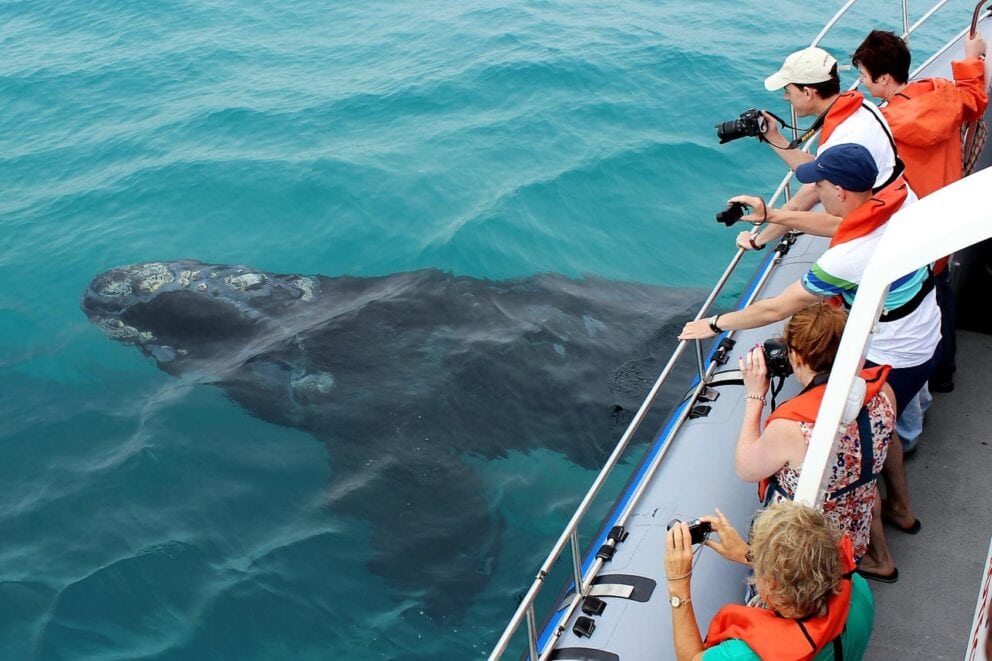
South Africa’s coasts are teeming with marine life thanks to the meeting of two powerful ocean currents: the cold Benguela on the west coast and the warm Aghulas current on the east. This unique mix has made the country’s coast one of the most unique biodiversity zones in the world and a hub for marine wildlife, with a significant portion of the species being endemic to the area.
As iconic as a land-based Big Five safari is, the Marine Big Five brings equally unforgettable encounters – this time, atop the waves or along the steep and rocky shores of the South African coast.
The Marine Big Five are the:
- Southern Right Whale
- Bottlenose Dolphin
- African Penguin
- Cape Fur Seal
- Great White Shark
While I didn’t get to see all of them, I did get to tick a few off of my list.
What Whales Can You See on an Ocean Safari?
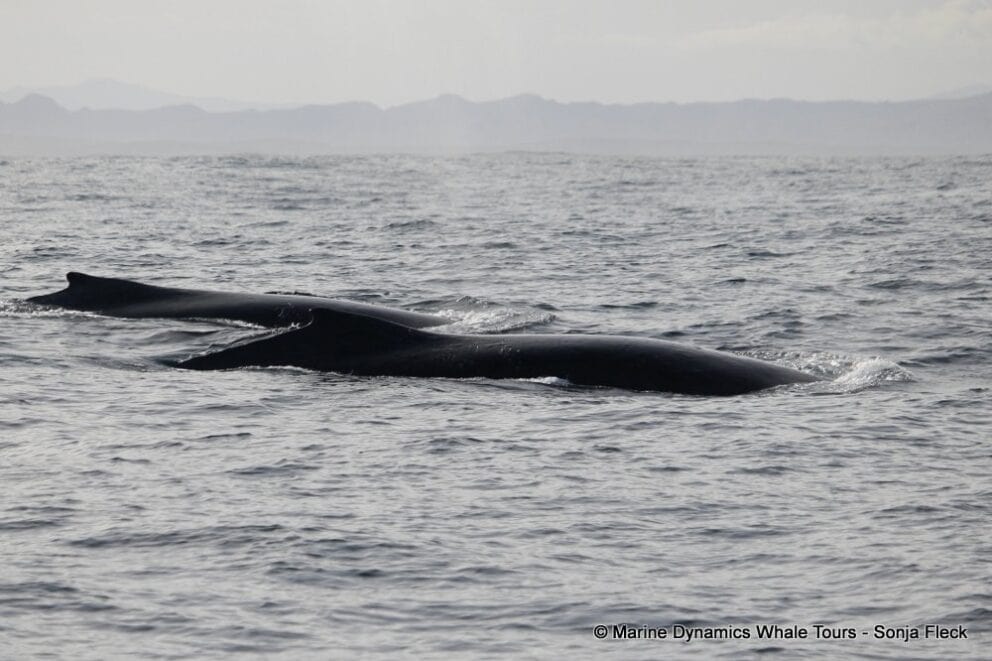
South Africa, particularly the Western Cape, has some of the world’s best land-based whale-watching spots. From June to November, southern right and humpback whales travel along the coast, with the southern right whale being a staple of the whale-watching experience.
Every year, thousands of travellers make their way to the town of Hermanus (and other small towns along the coast), where they can see southern right whales breaching near the shore. The waters along the coast are deep enough for whales to swim close to land, and with strategically positioned hotels, you might even be lucky enough to spot one from your bedroom!
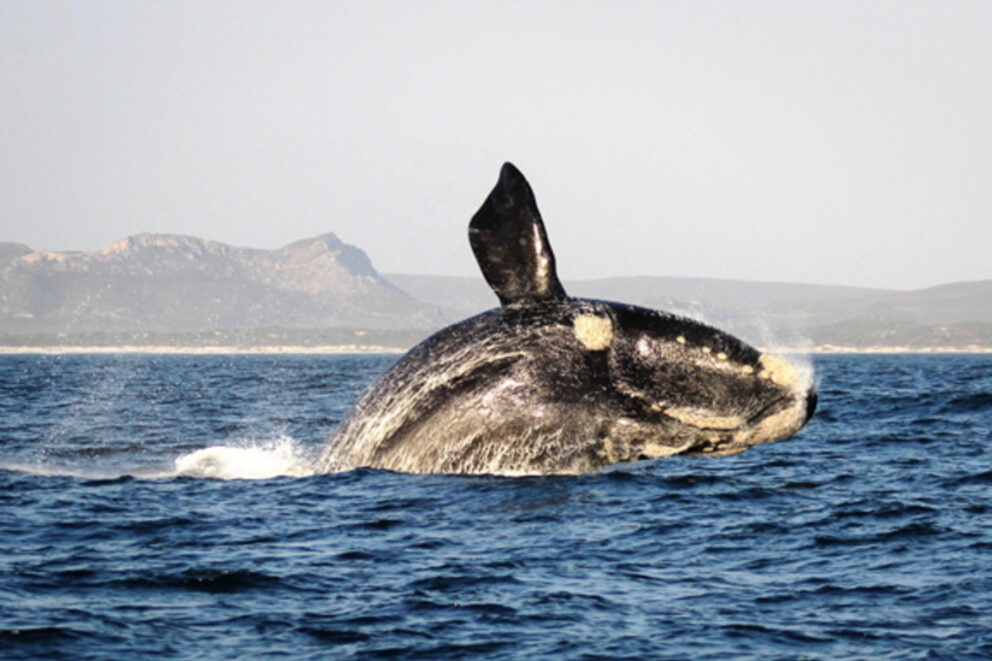
Where to Stay: Grootbos Private Nature Reserve is one of the best places to stay close to the coast. You’ll be able to enjoy incredible views of Walker Bay, a hotspot for whale activity.
Meanwhile, humpback whales pass through South Africa’s waters between May and December. Should you be lucky enough to spot one breach through the deep blues of the Atlantic on your ocean safari, the experience will surely leave you breathless. Similar to southern right whales, they have a tendency for incredible acrobatics when surfacing.
My Ocean Safari Experience
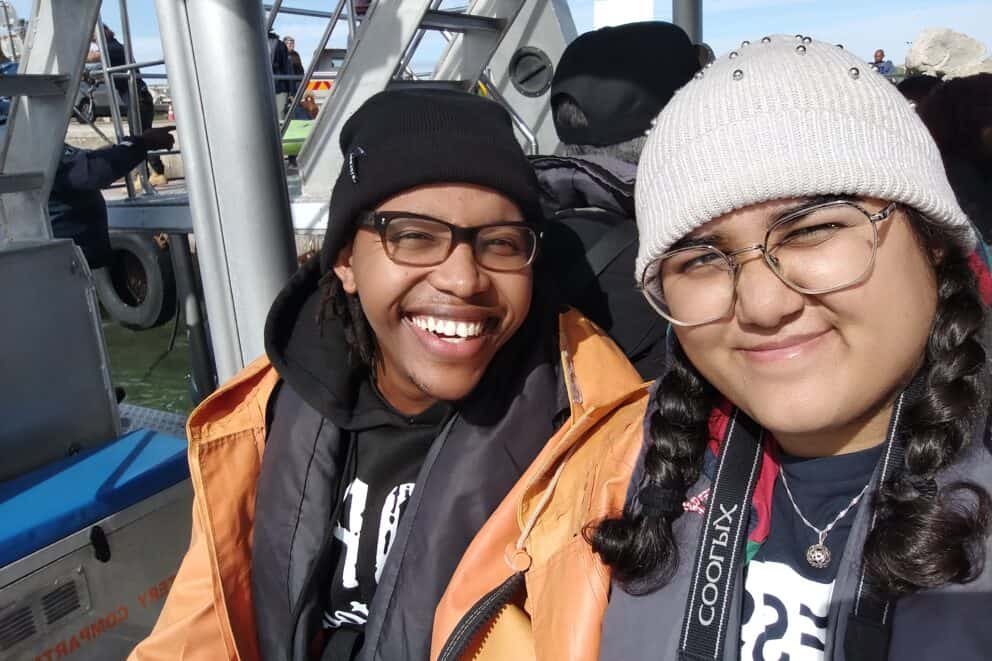
Without a doubt, there is no better way to experience the magic of South Africa’s marine life than an ocean safari. These trips depart several times throughout the day during whale season, if the weather permits. I was accompanied by a professional crew who told me everything there is to know about the area’s whales and marine life throughout the journey.
I started my day with a quick safety briefing and weather check, with my expert guides explaining how to use my life vest and how big the swell was. Unfortunately for my stomach, we had a three-metre swell, meaning that the boat ride was a bit bumpy. If I experienced seasickness, I didn’t need to worry; there were plenty of peppermints and barf bags on board! (The peppermints were supposed to, allegedly, help calm down the nausea.)
Tip: Be sure to dress warmly! You’ll be given waterproof jackets, but it still gets pretty cold at sea, especially during the winter months. A beanie and some warm socks are essential.
Shark-Cage Diving

After setting out to sea, we stopped at another vessel to observe – and perhaps pity – those who have bravely taken it upon themselves to go shark-cage diving. Along with a massive amount of seagulls, we saw a bronze whaler shark, who had come to enjoy an easy lunch of a fish near the skipper.
The experience was unforgettable: the smell of the lure, the call of what seemed to be at least a hundred seagulls, and of course, the iconic dorsal fin of the shark just visible as it prowled through the water.
Into Deeper Waters
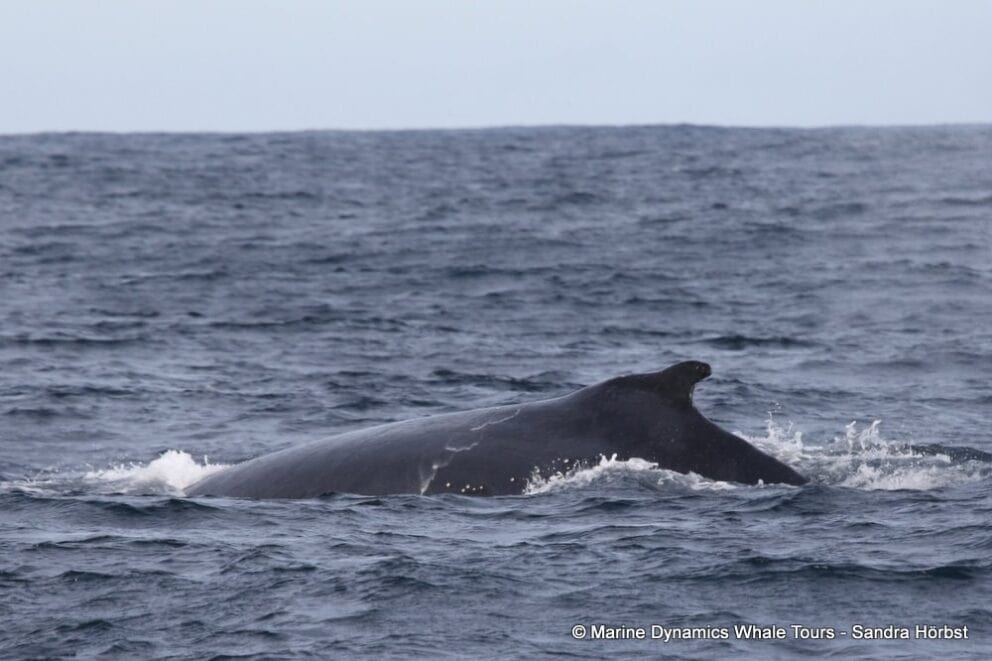
After spending a few minutes of our ocean safari observing the bronze whaler shark, we headed into deeper waters in hopes of seeing some migrating humpback whales. Along the way, we spotted some pelagic birds, including an adorable raft of African penguins on a fishing trip, Cape gannets, Cape cormorants, and various types of albatross.
Then, just as we thought the bumpy ride would go on forever, we stopped and were informed by our guide that they had spotted a humpback whale.

We waited…and waited… After about ten minutes, it seemed as if the whale had swum away without me even setting my eyes upon its graceful fins. Then, just as we were about to depart to the next sighting, I saw it.
Immediately, every ounce of seasickness left my body as I grabbed my camera and yanked my poor boyfriend out of his seat so he could help me to the edge of the boat. If you know me, you’ll know that I love whales. So seeing one in real life was nothing short of incredible.
Although it didn’t make the stunning acrobatic displays that humpbacks are known for, I did get to see it as it dived back down into the dark depths of the Atlantic ocean.
Tip: Attach a strap to your camera so it doesn’t fly overboard in your haste to capture sightings!
Geyser Rock
After our brief yet majestic encounter with the migrating humpback whales, we left and headed towards Geyser Rock, which is home to around 60,000 Cape fur seals. Upon our arrival, we were greeted by the calls (and strong smell) of the seals lounging and sunbathing on rocks, with some of them taking a nap on the wooden remains of an old shipwreck.
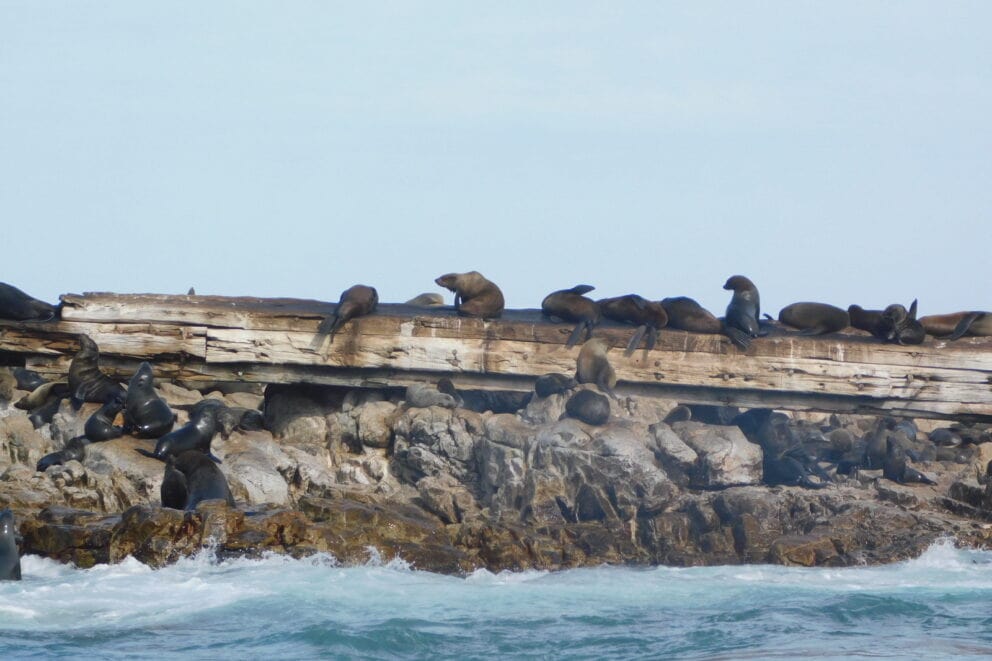
They’re quite inquisitive and seemed to be very curious about our vessel, with many of them swimming right up to it. We watched as the seals, some with their tails sticking up straight as if doing a handstand, dived and played beneath the clear water surrounding the island.
Dyer Island
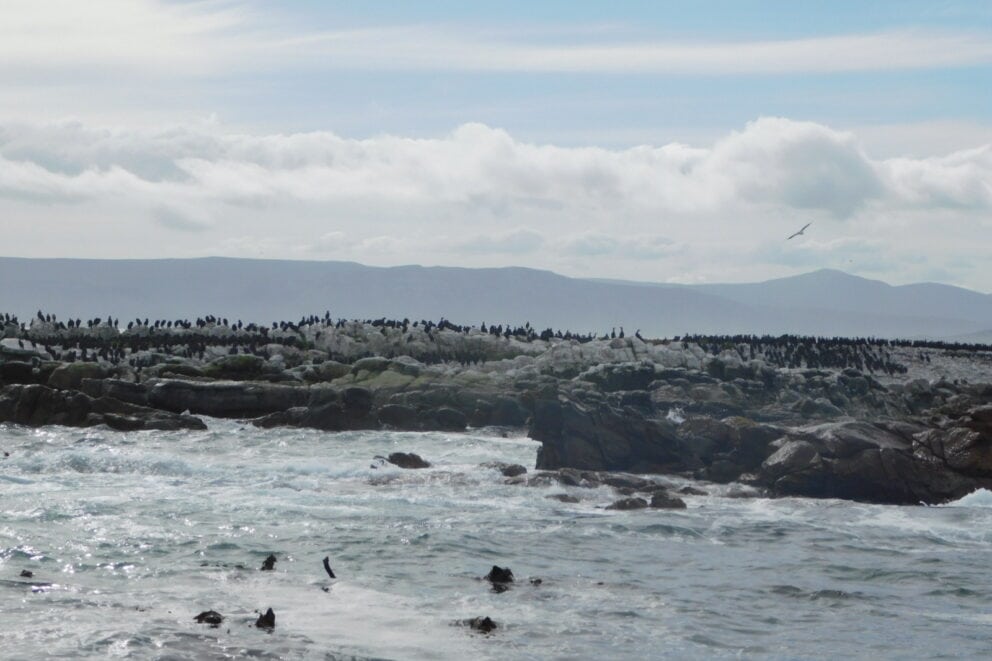
Following our seal encounter, we once again headed off. On our way, we were met with some juvenile wandering albatrosses that flew along the skipper for a while before soaring off across the water. Albatrosses have the largest wingspan of any living bird, so they’re quite a sight when you see them gliding across the ocean.
After another slightly bumpy ride, we had arrived at Dyer Island. Just 8 km/5 mi off the coast of Gansbaai and the Danger Point Lighthouse, the island is home to a colony of African penguins, who are all under the watchful guardianship of their designated ranger.
There are just 1,200 breeding pairs left on the island, a stark decline from the 25,000 recorded in the 1970s. This massive decline in population over the years has resulted in the well-dressed birds being reclassified as endangered in 2010, and then critically endangered in 2024.
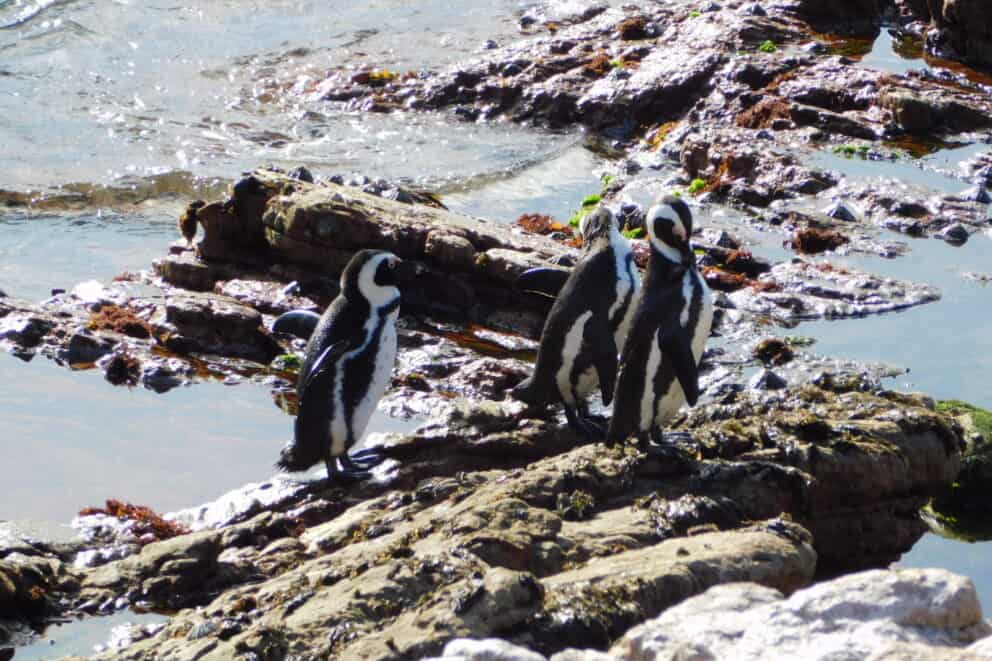
This is where the excellent guides and conservationists from Marine Dynamics have stepped in. Since 2006, the team has placed over 2,000 nest boxes to provide shelter and protection from predation and improve fledgling success. They have even initiated massive projects for tackling marine pollution and opened a seabird sanctuary in the area.
Unfortunately, we were not allowed on the island, as that is a ranger-only zone and a Ramsar site (a wetland that has been designated as being of international importance). However, we were able to see a large number of Cape cormorants (and a small gathering of penguins) who had made themselves comfortable on the rocky shore of the island.
The African Penguin and Seabird Sanctuary
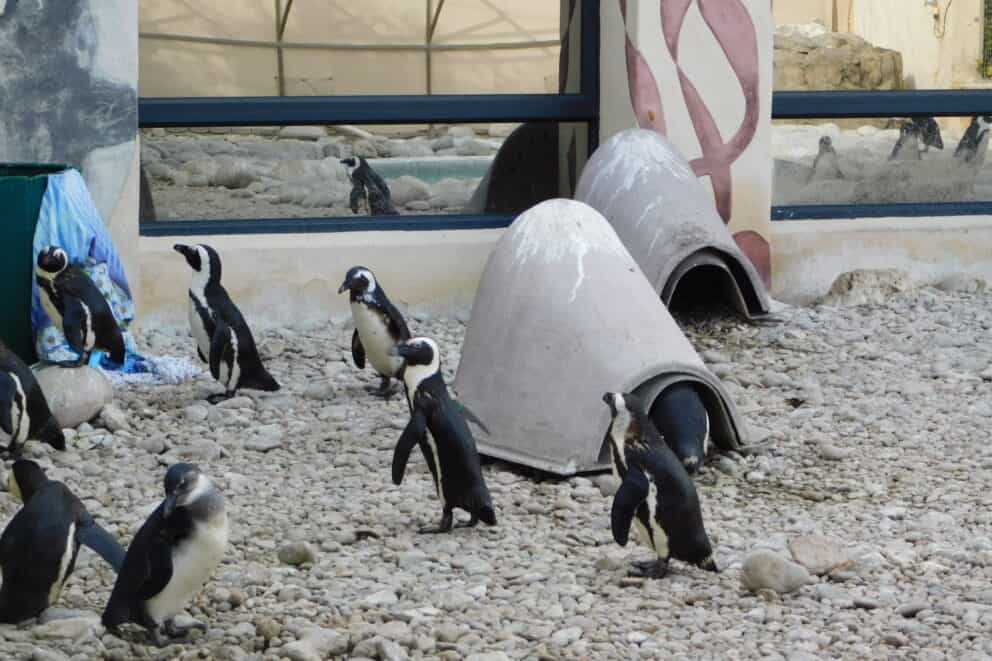
After this, it was a swift trip back to shore and a visit to the African Penguin and Seabird Sanctuary, where we observed injured, orphaned, and sick seabirds, mostly African penguins, being fed. After guzzling up one or two fish, the penguins are then swiftly ushered by their handlers into a pool to wash the fish oil off their bodies, mimicking their behaviour in the wild.
While here, we were able to meet some permanent residents of the sanctuary, including a blind penguin and one with a curious skin condition that has rendered him unable to shed his baby feathers. Other permanent residents included a pair of Hartlaub’s gulls, who both had wing deformities, meaning they were unable to fly.
Cape Town Tour Idea: This Cape, Penguins, Vineyards, and Coastlines tour will take you to the winelands, the whale coast, and more.
Reflection on Conservation
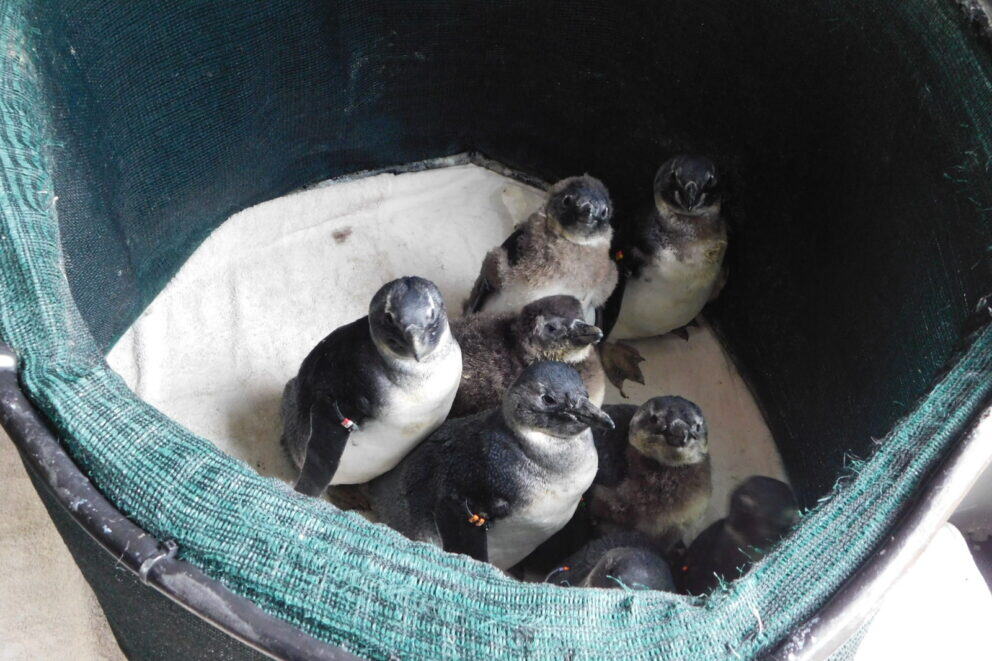
While we were there to marvel at these creatures, the reality is that the Marine Big Five, and other oceanic species, are facing mounting pressures that threaten their survival.
I learnt more about the sanctuary’s conservation efforts after speaking with Xolani Lawo, a senior bird rehabilitator, who says their work heavily relies on volunteers, donations from the public, and the sustainable tourism brought about by ocean safaris.

Another attendee and ranger at the event was Lwando Baleni, a seabird and African penguin ranger situated on Dyer Island Nature Reserve, who trained through CapeNature. Speaking of safari and the World Ranger Day celebration, Baleni notes the positive focus on conservation in the area.
“We’ve been making strides in conservation, especially marine conservation, trying our best to make a difference and make a change,” he said. “It’s exciting for me to be a part of this. It’s a privilege and I’m welcoming it with open arms.”
Final Thoughts

An ocean safari is more than just a thrilling day out at sea – it’s a humbling reminder of how interconnected we are with the natural world. But beyond the awe lies a responsibility: to protect these waters and their inhabitants and support the rangers and conservationists working tirelessly to safeguard them.
So, if you’re ever near South Africa’s coast or looking for a way to wind down after your game drive, trade in your land legs for sea legs and set sail on an ocean safari. You might spot a whale breaching against the horizon or hear the calls of penguins echoing off the rocks – moments that remind us just how wild and wonderful the ocean truly is.
And perhaps, like me, you’ll leave with more than just memories; you’ll leave with a renewed appreciation for the fragile beauty of our oceans and the role we all play in keeping them alive for generations to come.
Your African safari can include unforgettable land-based wildlife tours to see the Big Five as well as an ocean safari to see the Marine Big Five! Speak to a Discover Africa expert to start planning your perfect safari adventure today.






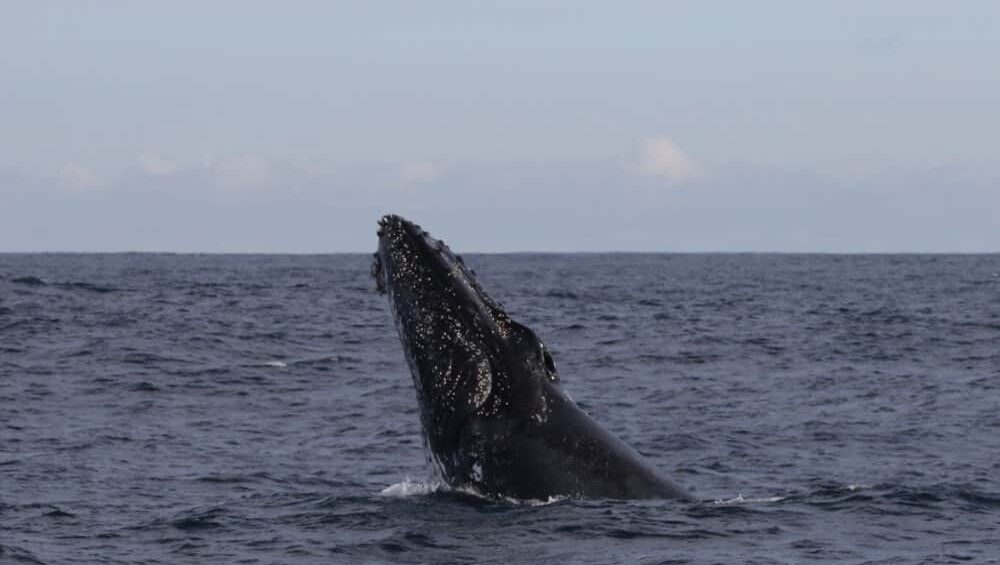

 Copy Link
Copy Link
 Share on LinkedIn
Share on LinkedIn
 Share on Facebook
Share on Facebook
 Blog List
Blog List

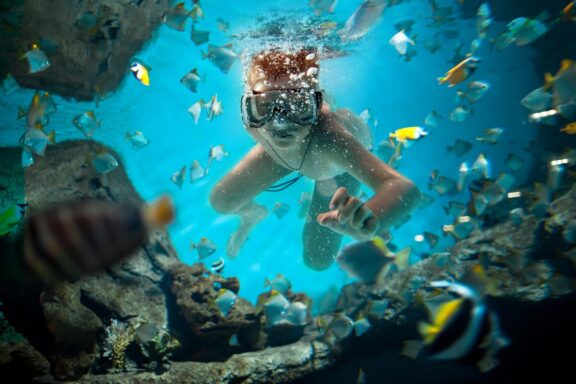
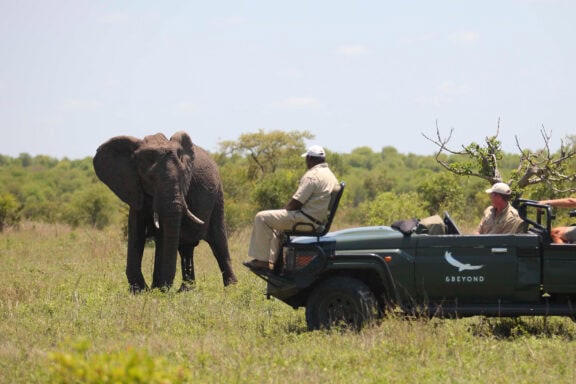
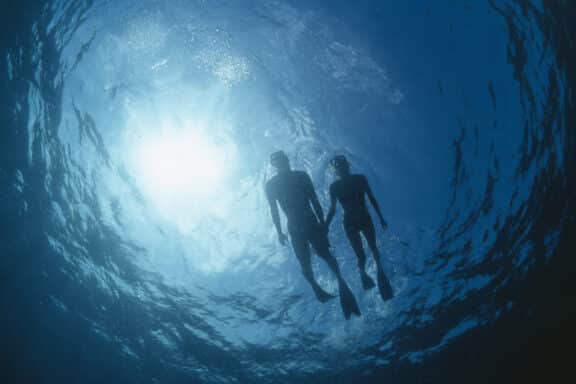


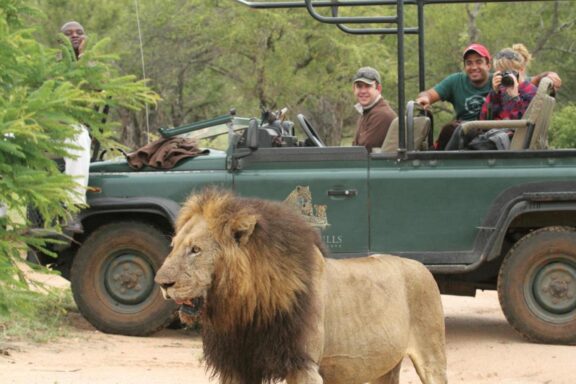
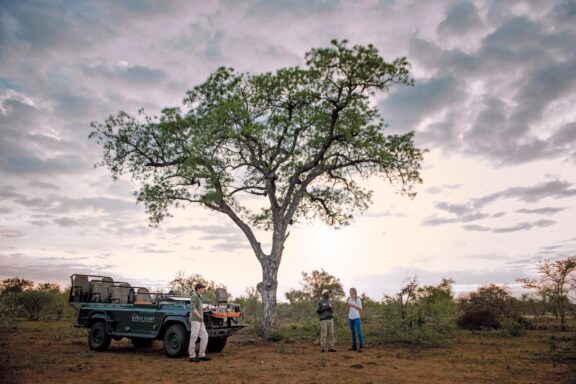



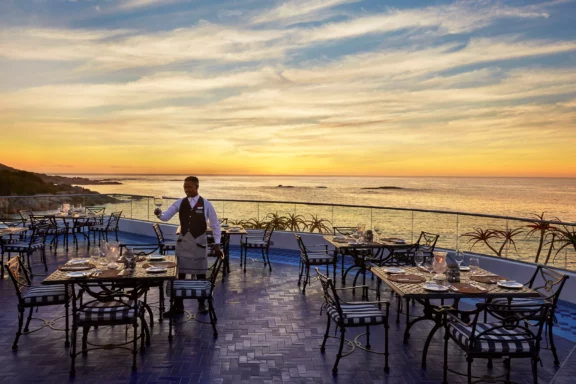

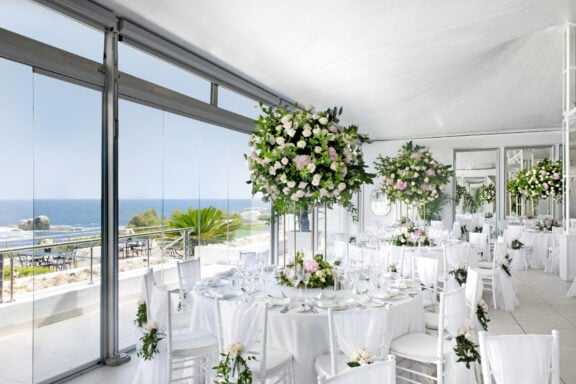








Written by Thaakiera Ackerdien
• Travel Writer
Part of the South Africa Safari & Whale Watching in Hermanus Collections